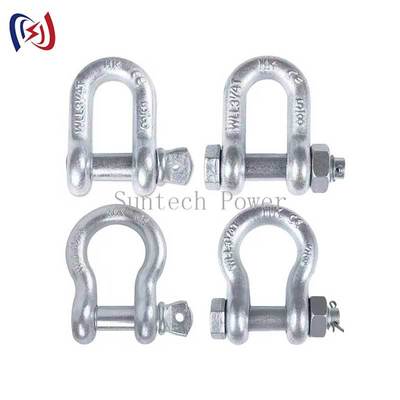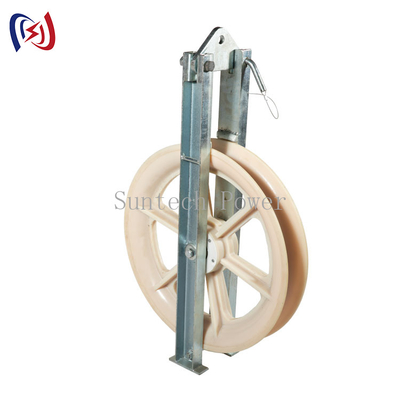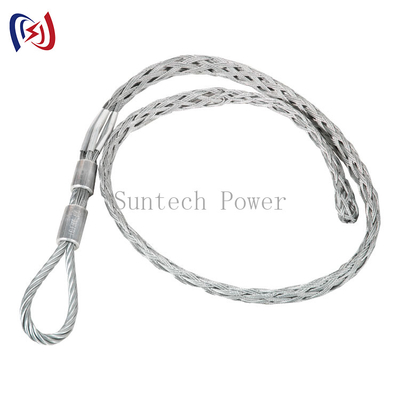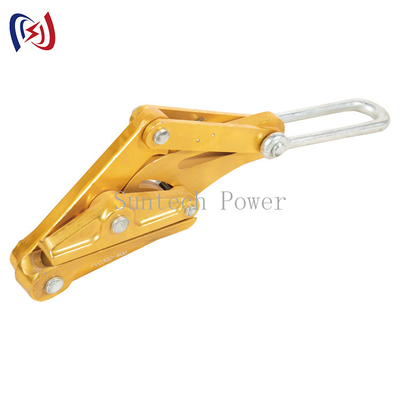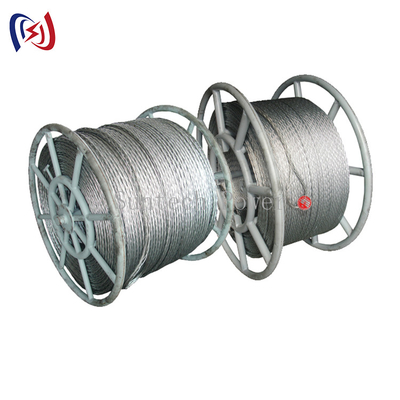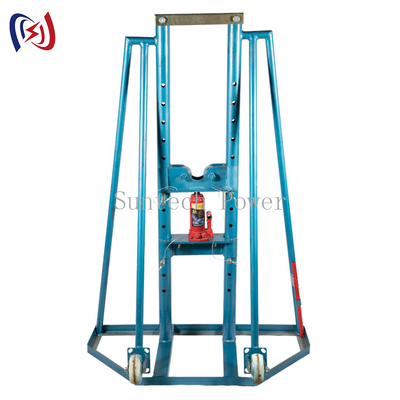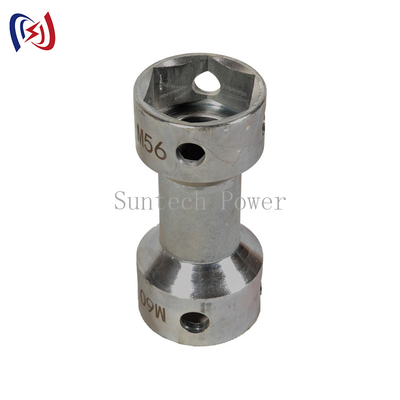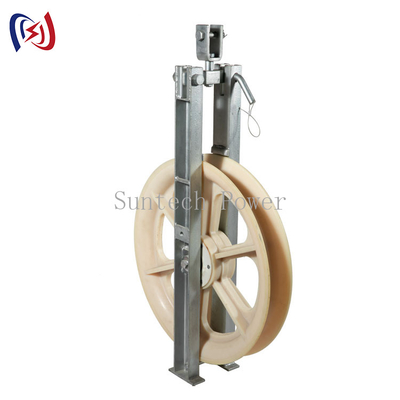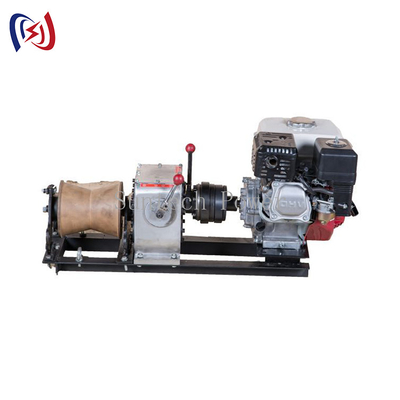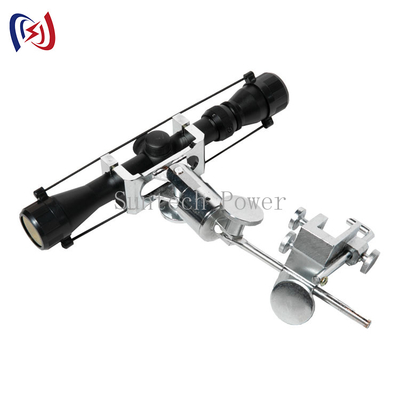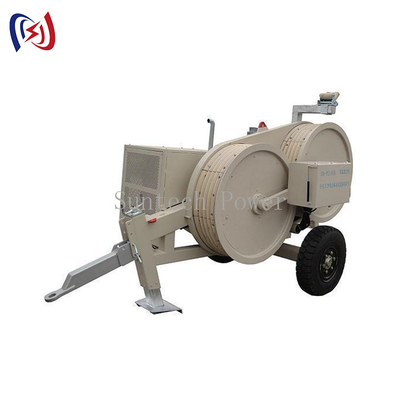Hydraulic crimping pliers are special tools that use hydraulic principles to generate high pressure to crimp metal connectors such as cable connectors, terminals, and sleeves. It is widely used in industries such as power, communications, and rail transit to ensure firm, low-resistance contact between wires and connectors.
1. The core role of hydraulic crimping pliers
High-pressure crimping: 5 to 100 tons of pressure is generated through the hydraulic system to plastically deform the metal connector and tightly combine it with the wire.
Ensure conductivity: Reduce contact resistance and avoid heating, short circuit or open circuit.
Improve efficiency: It is more labor-saving than manual crimping and suitable for crimping of large-section cables (such as above 240mm²)
2. Main types
Manual hydraulic pliers: Pressurized by hand pump, portable but with low pressure, usually suitable for small-scale operations and outdoor repairs
Battery hydraulic pliers: Powered by lithium batteries, it takes into account both portability and power, suitable for high-altitude operations and powerless environments
Split hydraulic pliers: It needs to be powered by another hydraulic pump. The hydraulic pump can be selected from manual, electric, gasoline and diesel. It is not portable but powerful, suitable for large-scale ground operations and crimping of high-voltage cables.
3. Core working principle
Hydraulic system: The hydraulic pump generates high oil pressure to push the piston to squeeze the die.
Crimping die: Replaceable, suitable for cables and terminals of different specifications.
Pressure regulating valve: Control the crimping force to avoid overpressure and underpressure.
Safety lock: Prevent accidental closure of the die due to misoperation.
4. Key parameters
Maximum pressure: determines the cross-sectional area of the cable that can be crimped
Mold range: supported wire cross-sectional area
Stroke length: maximum piston movement distance, affecting the crimping depth
Weight/portability: manual type is light, other types are heavier
5. Application scenarios
Power industry: crimping cable terminal heads (such as copper noses) and branch wire clamps.
Communication engineering: crimping of 5G base station feeders and optical cable reinforcement cores.
Rail transportation: connection of high-speed rail contact network wires.
Industrial equipment: cable connector production for large motors and transformers.
6. Operating specifications and precautions
Correct operating steps:
Check whether the mold matches the wire specifications.
Ensure that the connector and wire are clean.
Crimp until the pressure valve automatically releases pressure to avoid secondary pressurization.
Safety warning:
It is forbidden to pressurize when the mold is not closed to prevent the oil pipe from bursting.
After crimping, the contact resistance needs to be tested with a megohmmeter.
Replace the hydraulic oil regularly to prevent system blockage

 Your message must be between 20-3,000 characters!
Your message must be between 20-3,000 characters! Please check your E-mail!
Please check your E-mail!  Your message must be between 20-3,000 characters!
Your message must be between 20-3,000 characters! Please check your E-mail!
Please check your E-mail! 
